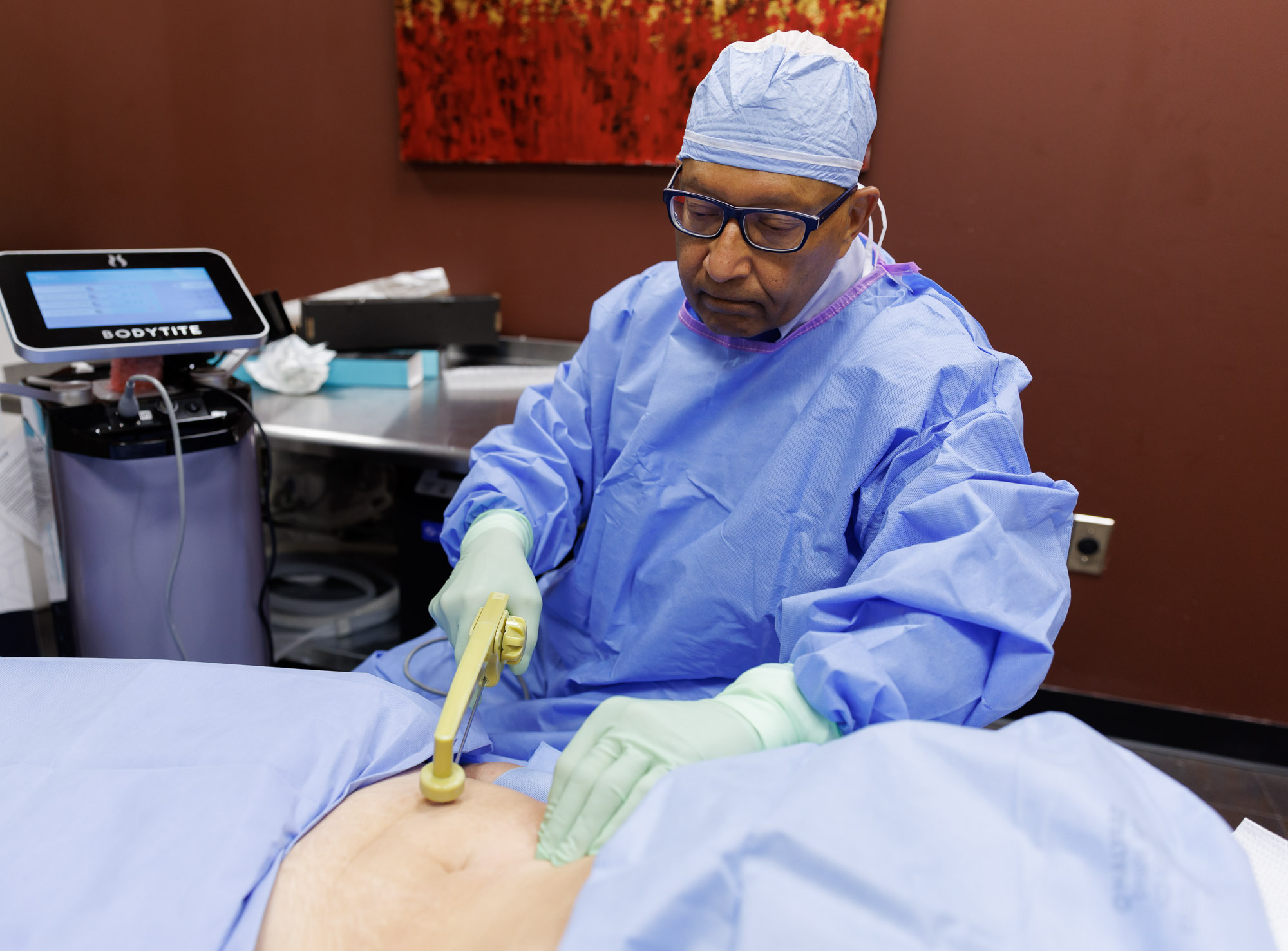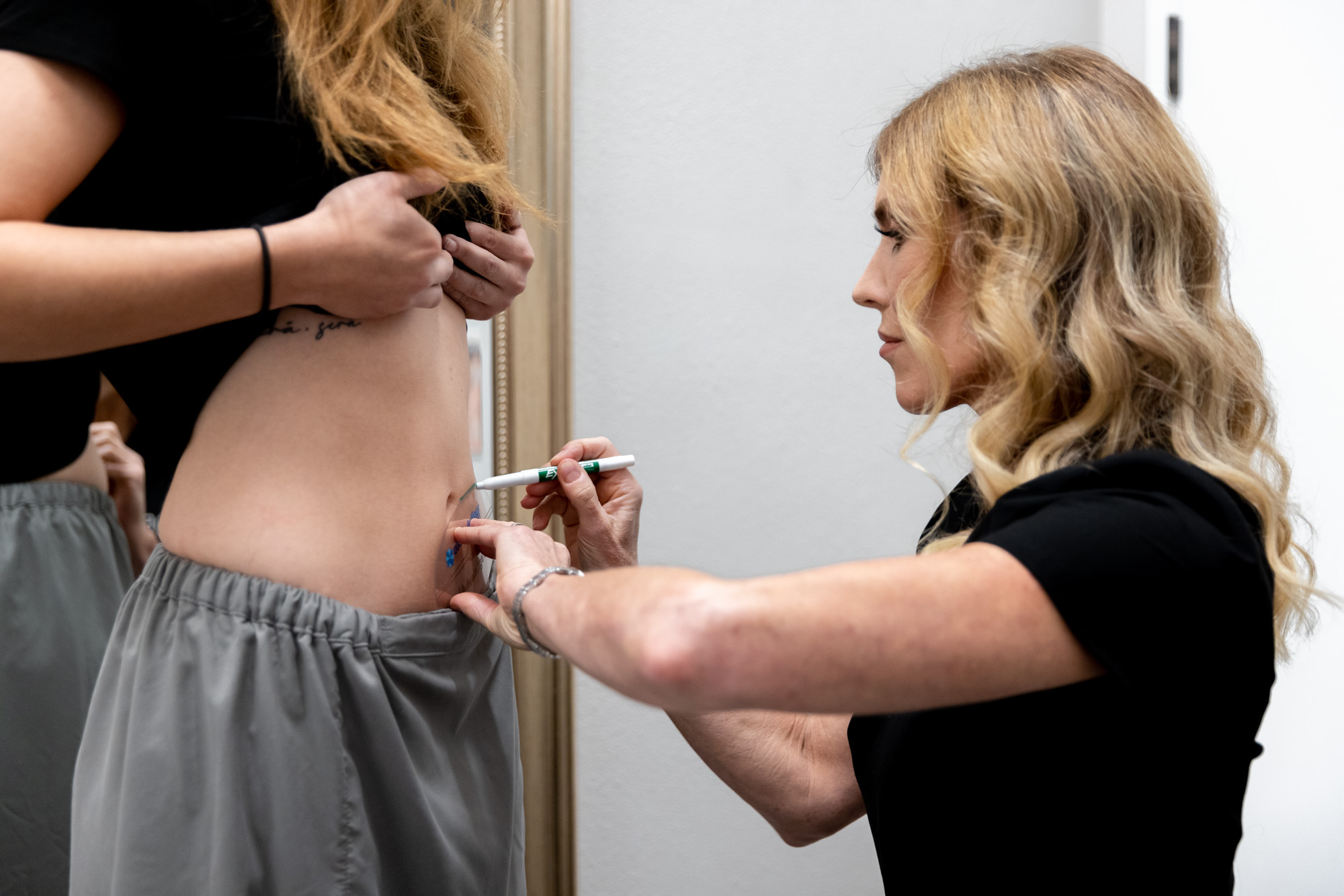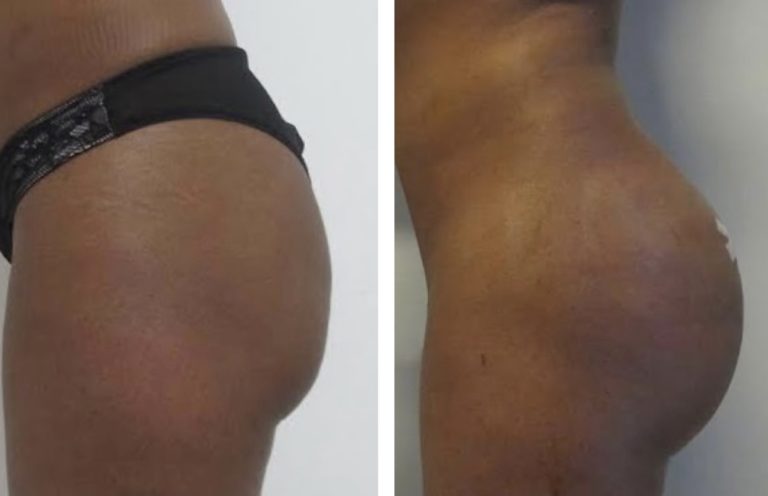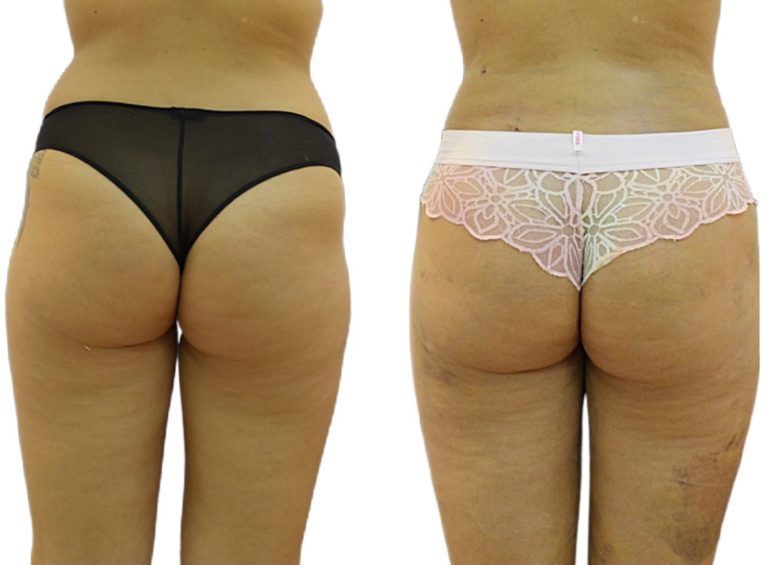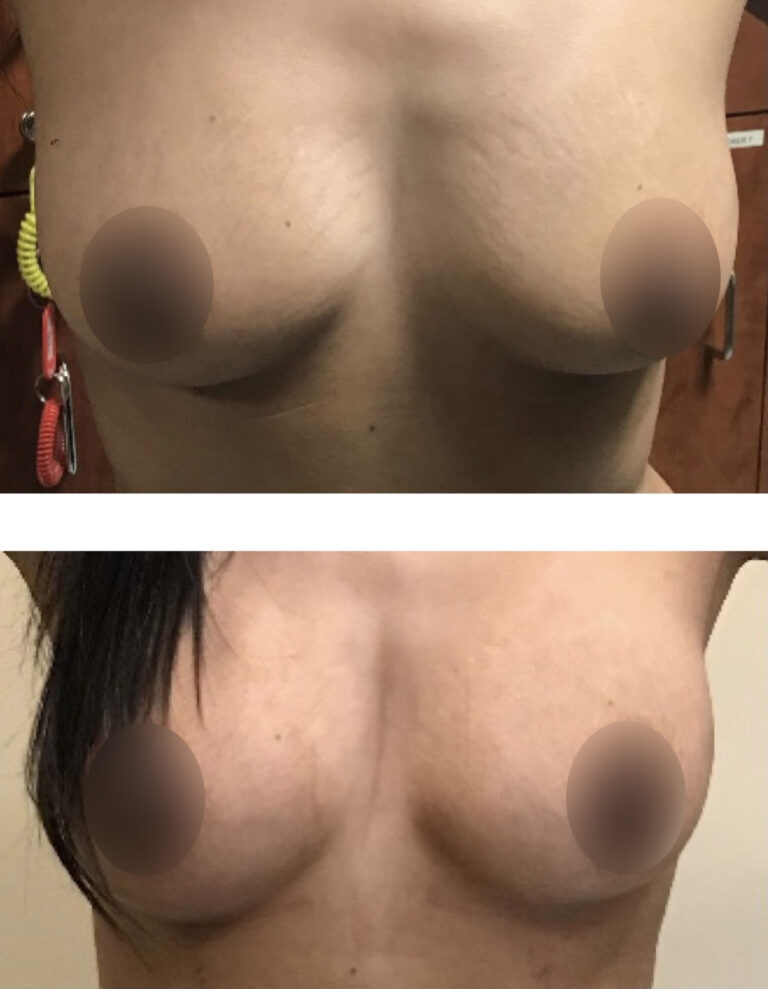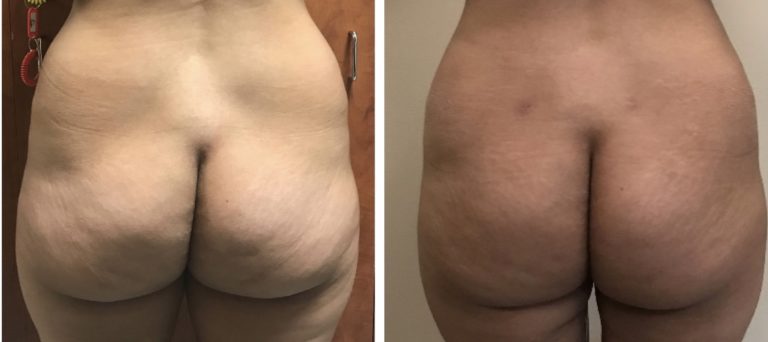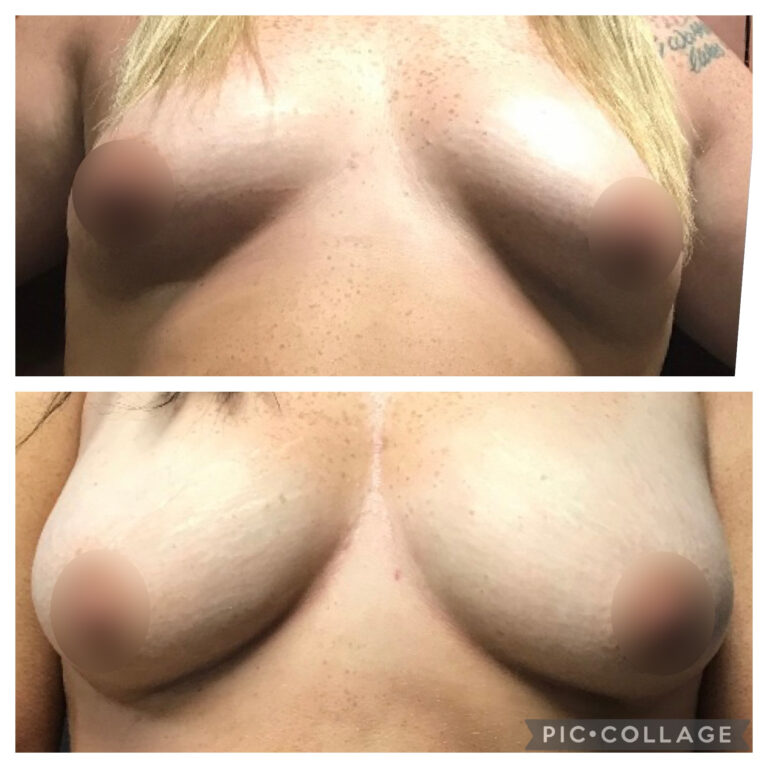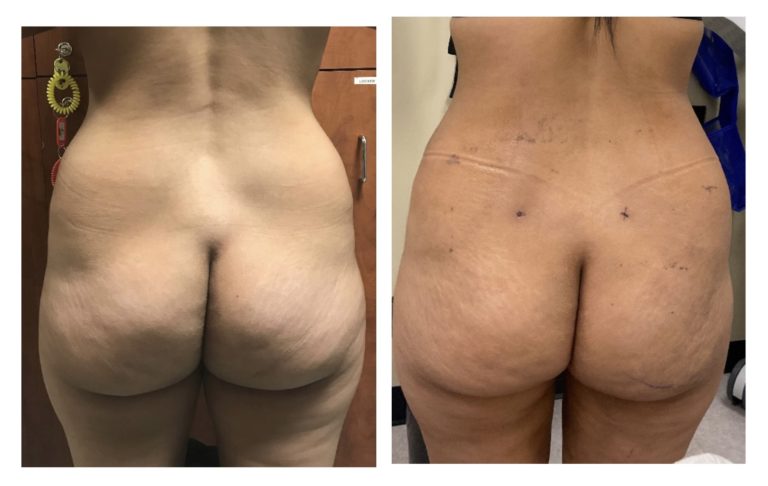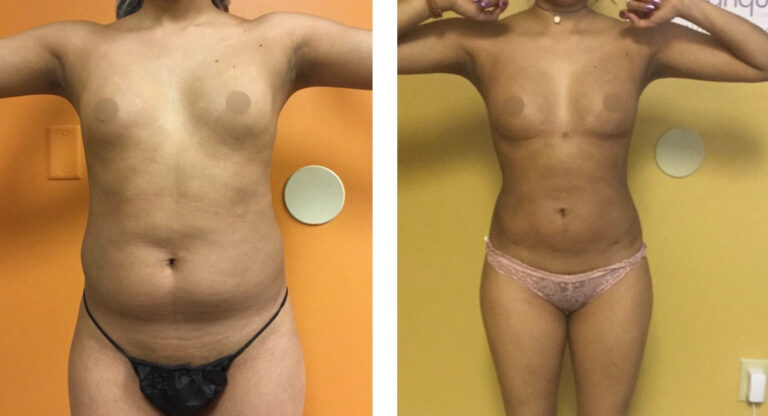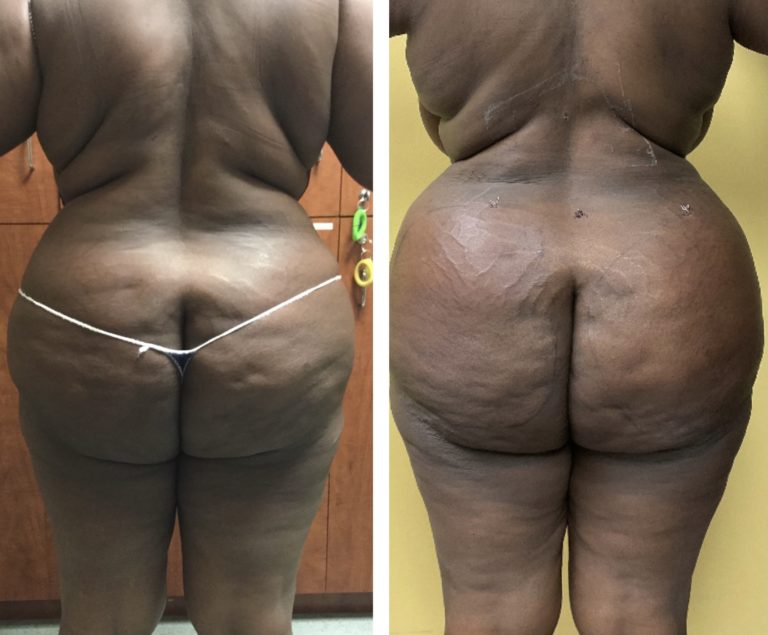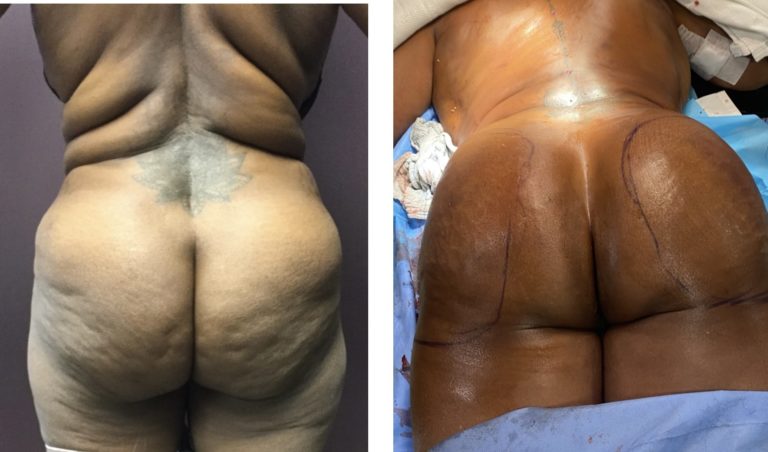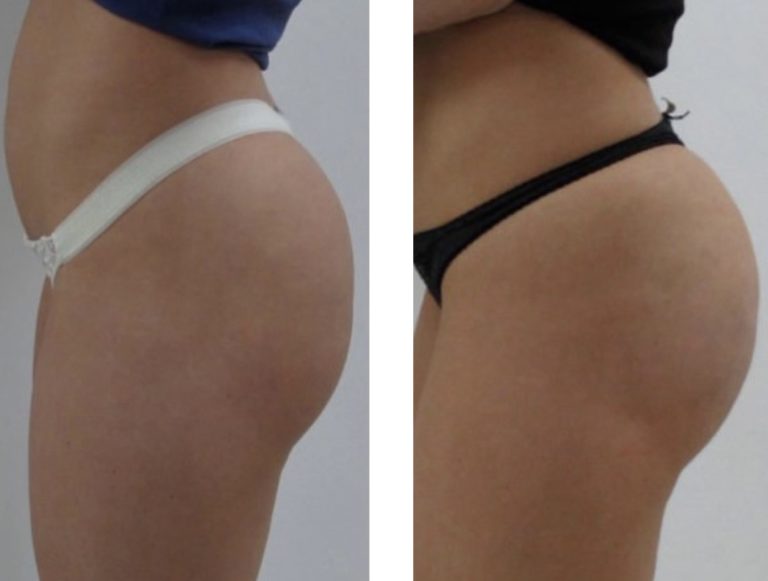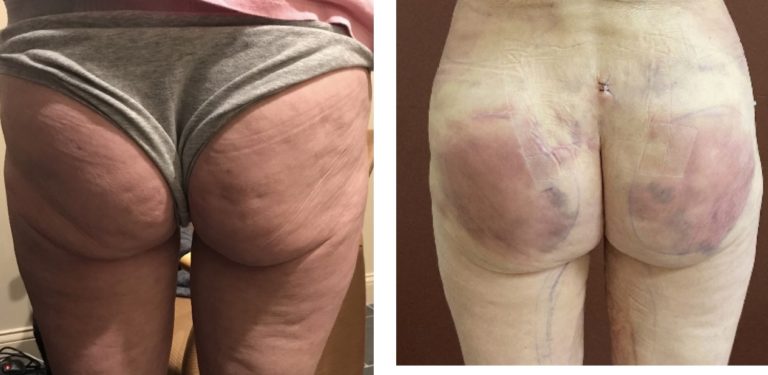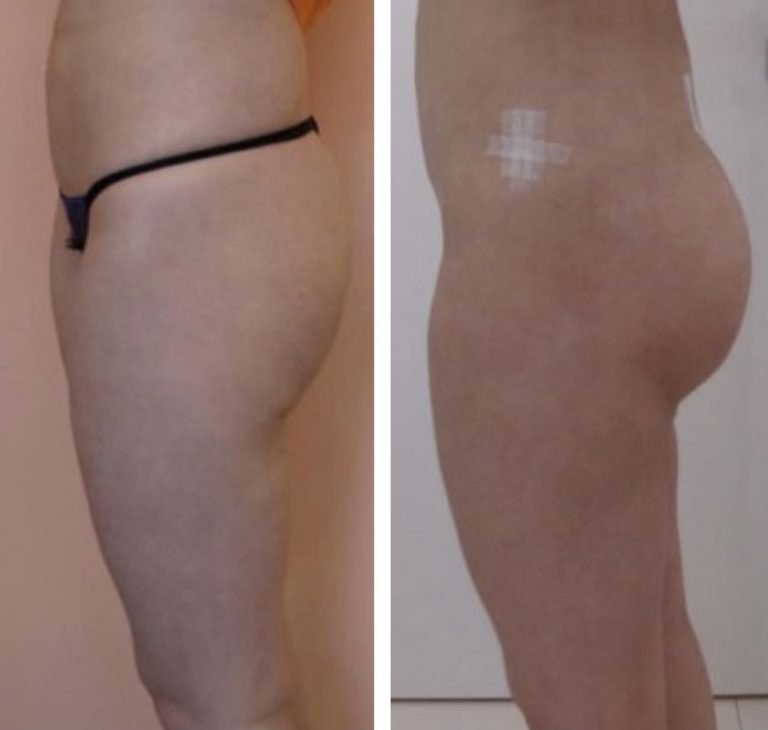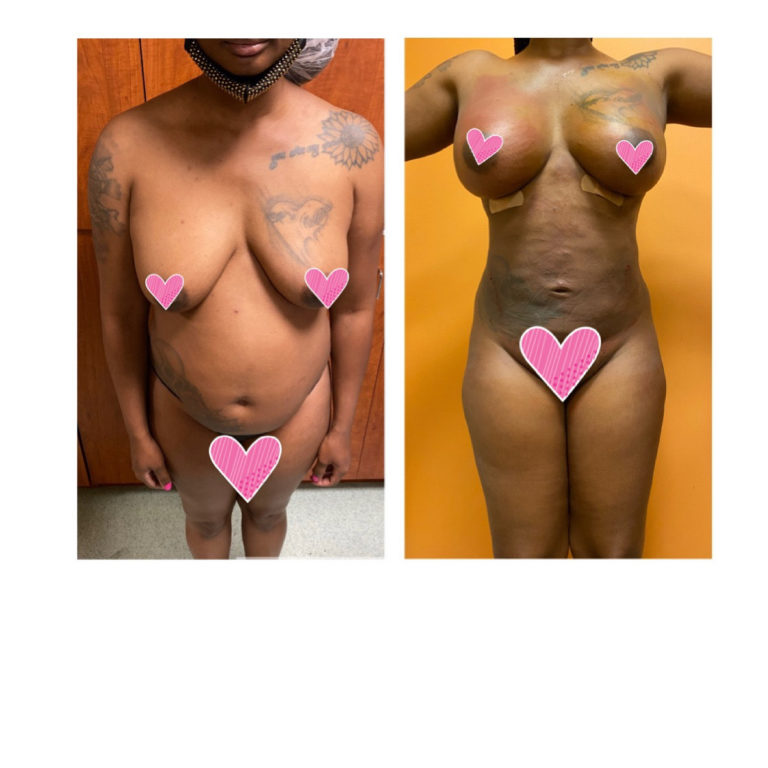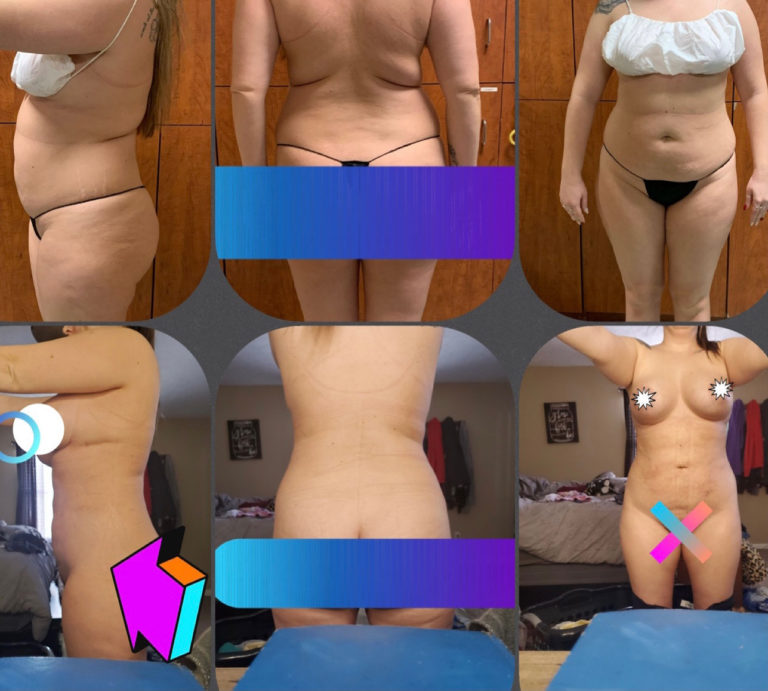Wanting to look like the best version of yourself is a desire that we all have. No matter the person, we all have certain insecurities and would love nothing more than for our perceived “worst” feature to look like our “best” one. For over 30 years, a fat transfer procedure—known as fat grafting—has provided that outcome for patients across the country.
A fat transfer in Beavercreek at PureMD is an advanced way to improve and enhance the cosmetic appearance of multiple different body areas. Beyond that, however, the treatment also offers therapeutic benefits by healing wounds, scars, and damage following radiation treatment. Read on to learn more!
Treatment Details
What it Treats
Cosmetic issues in the:
Buttocks
Thighs
Hands
Abdomen
Breasts
Flanks / Love Handles
Arms
Face
Lips
Procedure Time
30 minutes for smaller areas (face, lips)
Up to 2 hours for larger areas (buttocks, breasts)
Eligibility
Female or Male
18 or older
Recovery & Downtime
You can expect swelling to subside 3 days after a procedure for fat transfer in Beavercreek—with the ability to resume all normal activities after 1 week.
Why Try Fat Transfer in Beavercreek?
01
Full Body Treatment
Patients can use a fat transfer procedure on a number of different areas of the body.
02
Boosted Confidence
You can feel more confident in your skin with the smoothing, rejuvenating results that a fat transfer in Beavercreek can provide. You can expect the treatment area to appear softer and fuller, while also noticing improved skin texture.
03
Long-lasting Results
With a successful procedure, the injected fat establishes a new blood supply nourishment source needed for survival. This generally leads to permanent results!
The Fat Transfer Process
What to Expect
Consultation
Before your treatment for fat transfer in Beavercreek at PureMD, you'll meet with one of our providers for a consultation. We'll listen to your concerns and goals for this treatment and make a recommendation on the best procedure for your unique needs.
Fat Transfer Treatment
Your provider will start by extracting the fat from the donor area using liposuction. Rather than eliminating the fat, however, we preserve and process it using a centrifuge—which eliminates debris, fluid, and dead cells from the fat cells. We then inject that fat in small droplets in the subcutaneous tissue of the recipient area.
Next Steps
You'll receive information from your provider on how to properly care for both the donor and recipient areas of your body. During this time, you may experience some swelling and bruising in both. We will then assess your results after 3 months to determine the success of the procedure.
Before Your Fat Transfer Procedure, You Should:
- Complete your pre-surgical visit
- Stop smoking
- Adjust certain medications as needed after a discussion with your doctor
- Avoid aspirin, anti-inflammation drugs, and other supplements that may increase bleeding
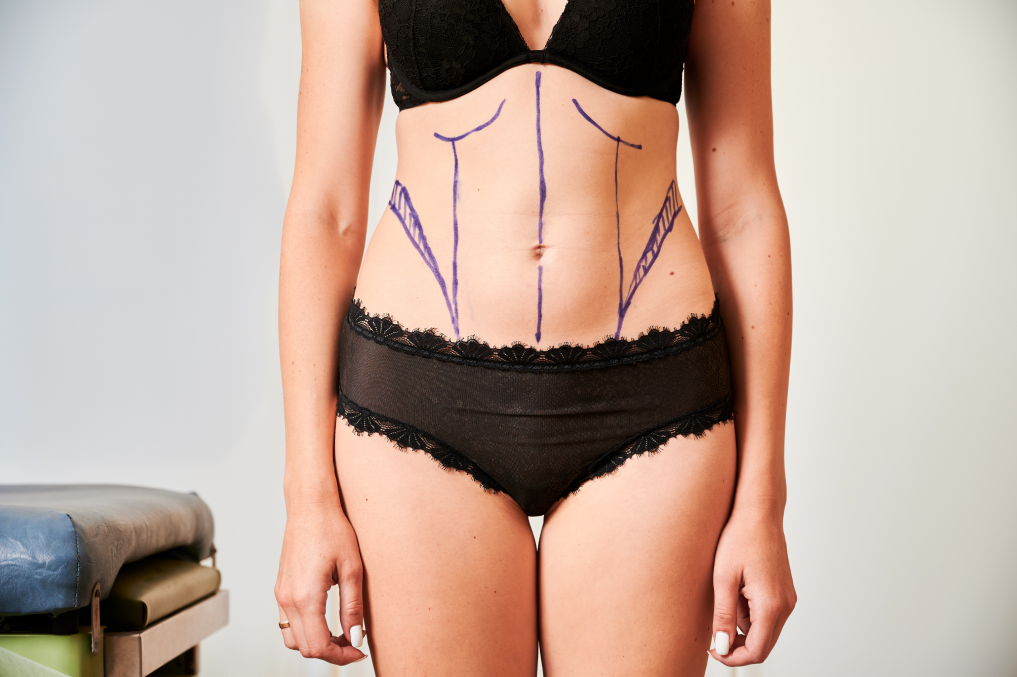
After Your Fat Transfer Procedure, You Should:
- Follow the aftercare instructions provided to you
- Visit us for your post-procedure follow up appointment

Frequently Asked Questions
Does a fat transfer procedure hurt?
It depends on the person and their tolerance for pain. Your provider will numb the donor and recipient areas with local anesthesia to ensure minimal discomfort during your procedure.
When will I see results?
You will see noticeable results almost immediately after treatment—with full results evident within 3 months!
Are there any risks with a fat transfer in Beavercreek?
A fat transfer procedure may cause issues such as asymmetry, irregularities, overcorrection, and infection. In the unlikely event you experience an infection, please contact your medical provider immediately.
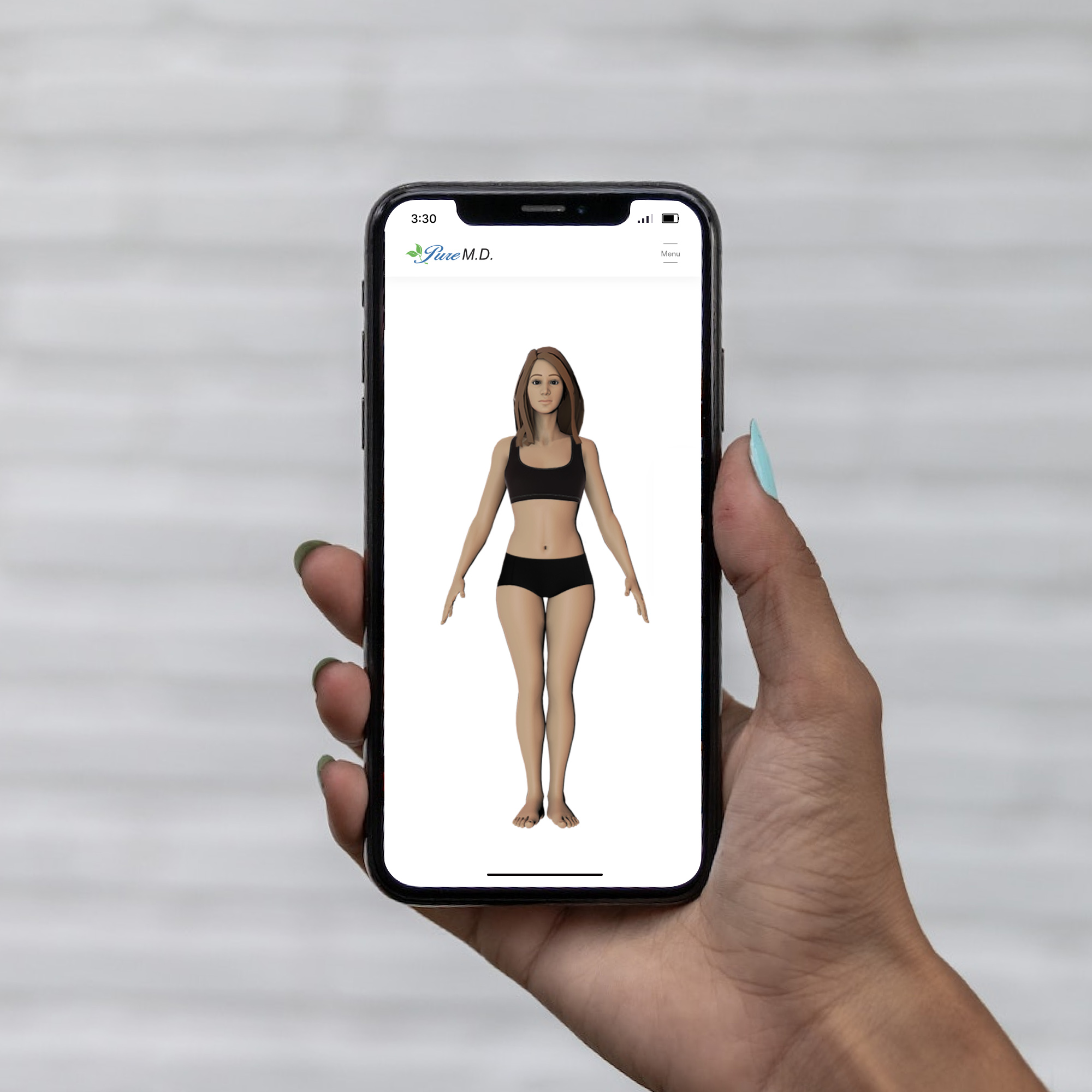
Get Started
Tell us more about what you need using our Virtual Consultation Tool. Simply input your concerns and we'll provide custom treatment recommendations for your unique needs.
